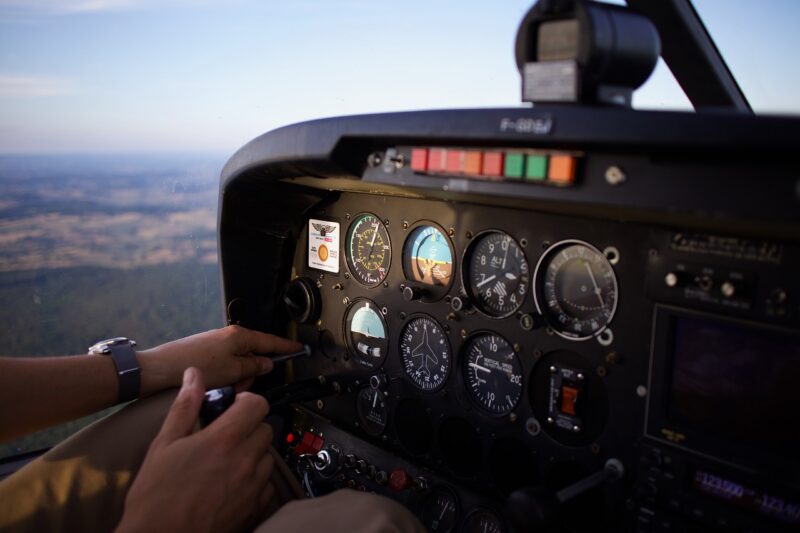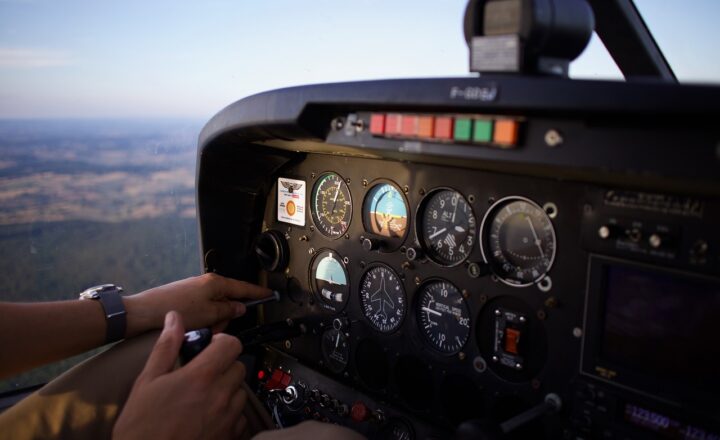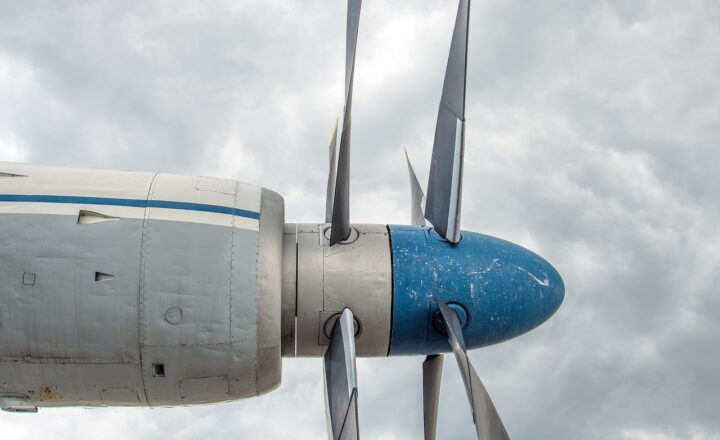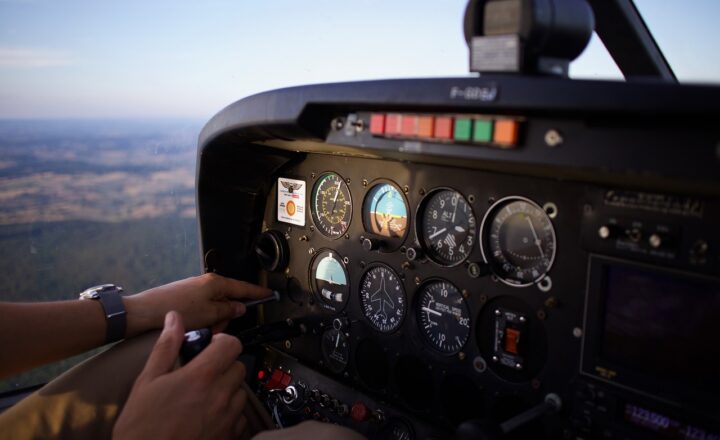How to Become a Pilot: A Comprehensive Guide to Taking to the Skies
November 14, 2024

Embarking on a journey to become a pilot is a thrilling and rewarding endeavor, opening up a world of possibilities in aviation. Whether you’re aiming to be a private pilot for personal enjoyment or pursuing a career in commercial aviation, understanding the step-by-step process is crucial. In this comprehensive guide, we’ll delve into what it takes to become a pilot in today’s world.
1. Understanding the Types of Pilots
Before diving into the specifics of becoming a pilot, it’s essential to recognize the different pathways available. Pilots can broadly be categorized based on their certification levels and intended use:
- Private Pilot (PPL): Allows you to fly for personal use and carry passengers but prohibits compensation for flight services.
- Commercial Pilot (CPL): Grants the ability to be compensated for flying services, including charter flights, aerial photography, or even crop dusting.
- Airline Transport Pilot (ATP): Required to act as a captain for scheduled airlines, and demands the most rigorous regulations and flight hours.
- Flight Instructor: Once qualified, many pilots choose to become flight instructors to train the next generation of aviators, gaining valuable flight time in the process.
Understanding these distinctions can help you decide on your long-term aviation goals.
2. Researching and Choosing a Flight School
The next step in your journey is to select a reliable flight school that aligns with your goals. Here’s what to consider:
- Accreditation: Look for aviation schools accredited by the Federal Aviation Administration (FAA) or the National Association of Flight Instructors.
- Courses Offered: Ensure the school provides programs tailored to your desired certification, whether PPL or CPL.
- Aircraft Fleet: Inspect the types and condition of the aircraft used for training. Modern aircraft can enhance learning experiences.
- Instructor Experience: Inquire about the qualifications and experience of the instructors. Quality instruction is vital for your training success.
- Costs and Financing Options: Understand the total cost of the program and the available financing options, as training can be a substantial financial investment.
Taking the time to research your options lays a solid foundation for your journey in aviation.
3. Meeting the Prerequisites for Flight Training
To begin flight training, you must meet specific prerequisites:
- Age: You must be at least 17 years old to obtain a private pilot license and 18 for a commercial license.
- Medical Certificate: Obtain an FAA medical certificate issued by an authorized aviation medical examiner. This ensures you are medically fit to fly.
- English Proficiency: You must demonstrate proficiency in the English language, as it is the international language of aviation.
Meeting these requirements early helps you proceed smoothly through your training.
4. Ground School: Building Your Knowledge Base
Ground school is an integral part of your pilot training, focusing on theoretical knowledge. It typically covers:
- Aerodynamics: Understanding how aircraft fly, lift, drag, thrust, and weight play crucial roles in flight.
- Navigation: Learning the principles, methods, and tools needed for flight navigation, including GPS and traditional techniques.
- Meteorology: Gaining awareness of weather patterns and their impact on aviation, providing pilots with vital information for safe flight planning.
- Regulations: Familiarizing yourself with FAA regulations, operational procedures, and safety protocols for flight operations.
Successful completion of ground school is often a prerequisite for solo flight training.
5. Practical Flight Training: Taking to the Skies
Hands-on flight training is where you apply the knowledge gained from ground school. Essential components include:
- Dual Instruction Flights: Flying with an instructor helps you build your skills while getting real-time feedback on your performance.
- Solo Flights: These flights, where you pilot the aircraft alone, help build confidence and demonstrate your competency as a pilot.
- Checkride Preparation: Preparing for your final evaluation, or checkride, is crucial. It includes both practical flying tests and an oral exam by an FAA examiner.
Ultimately, accumulating flight hours and gaining experience is vital for your growth as a pilot.
6. Obtaining Your License
After successfully completing your training and preparing for your checkride, you’re ready to obtain your pilot license. The steps typically involve:
- Pilot Checkride: Passing the practical test conducted by an FAA examiner, demonstrating your ability to pilot an aircraft safely.
- Obtain Required Endorsements: Ensure all necessary endorsements are recorded in your logbook to confirm that you are trained and authorized to execute specific maneuvers and flight types.
- Receive Your License: Congratulations! Upon successful completion, you will receive your pilot certificate, allowing you to legally operate aircraft under the license’s parameters.
This accomplishment marks a significant milestone in your aviation journey.
7. Continuing Education and Advanced Ratings
Becoming a proficient pilot is an ongoing process that requires continual learning. After obtaining your initial license:
- Pursue Additional Ratings: Investigate opportunities for instrument ratings, multi-engine ratings, and any additional certifications that align with your aviation goals.
- Regular Training and Flight Reviews: Engage in recurrent training sessions and periodic flight reviews to keep your skills sharp and up to date.
- Stay Informed: Remain current with aviation regulations, safety protocols, and advancements in technology by participating in pilot seminars and workshops.
Continued education ensures you maintain flight proficiency and stay safe in the skies.
Conclusion
Becoming a pilot is an incredible journey that requires dedication, hard work, and a passion for aviation. From choosing a flight school and meeting prerequisites to continuous skill development and obtaining advanced ratings, each step brings you closer to achieving your aviation dreams. With the right mindset and commitment to safety and learning, you can successfully take to the skies and explore the fascinating world of aviation.







